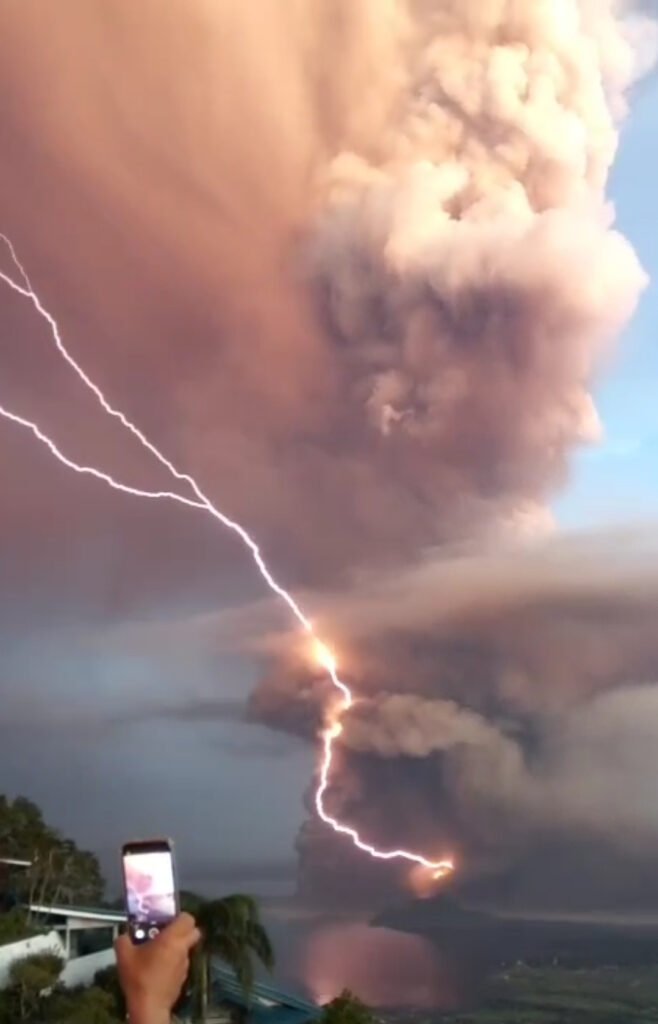Picture this: you’re watching the news and see footage of a massive volcanic eruption, its towering ash column piercing the sky like a dark monument. Then suddenly, brilliant flashes of lightning begin crackling through the plume, turning the already dramatic scene into something that looks almost supernatural. But here’s the thing that might surprise you – this isn’t just dramatic coincidence or some rare spectacle. Volcanic lightning is actually a common phenomenon during explosive volcanic eruptions, with the earliest recorded observations dating back to Pliny the Younger’s account of Mount Vesuvius in 79 AD. So what makes these ash clouds such lightning magnets?
The Mysterious Dance of Charge and Chaos

Volcanic lightning arises from colliding, fragmenting particles of volcanic ash (and sometimes ice), which generate static electricity within the volcanic plume, leading to the name “dirty thunderstorm”. Think of it like rubbing a balloon against your sweater, but on a massive, violent scale involving millions of microscopic rock fragments hurling through the air at incredible speeds. Ash particles scrape, collide, and steal electrons from each other, generating static charge, while convective circulation and particle fallout then separate the different-sized particles, building an electric field that triggers lightning. The process is so chaotic and energetic that it creates perfect conditions for electrical mayhem. What’s truly fascinating is that unlike ordinary thunderstorms, volcanic lightning can occur even when there are no ice crystals in the ash cloud, making these electrical displays uniquely volcanic in nature.
Fractoemission: When Rock Breaking Creates Sparks

Fractoemission is the breakup of rock particles within the plume, and when the rock breaks, charged particles form, creating a buildup of static charge that predominantly occurs at high energy, resulting in charge congregating closer to the volcano’s vent. Imagine if every time you snapped a twig, it released a tiny electrical charge – now multiply that by millions of rock fragments being violently shattered inside a volcanic eruption. Fractoemission is the generation of charge through break-up of rock particles and may be a significant source of charge near the erupting vent. Scientists have discovered through laboratory experiments that small silicate particles produced during collisions between pumice samples generate net charge magnitudes similar to those measured on ashfall from volcanic plumes. This mechanism is particularly important because it helps explain why volcanic lightning often appears so close to the eruption source, where the most violent fragmentation is occurring.
The Triboelectric Factory in the Sky
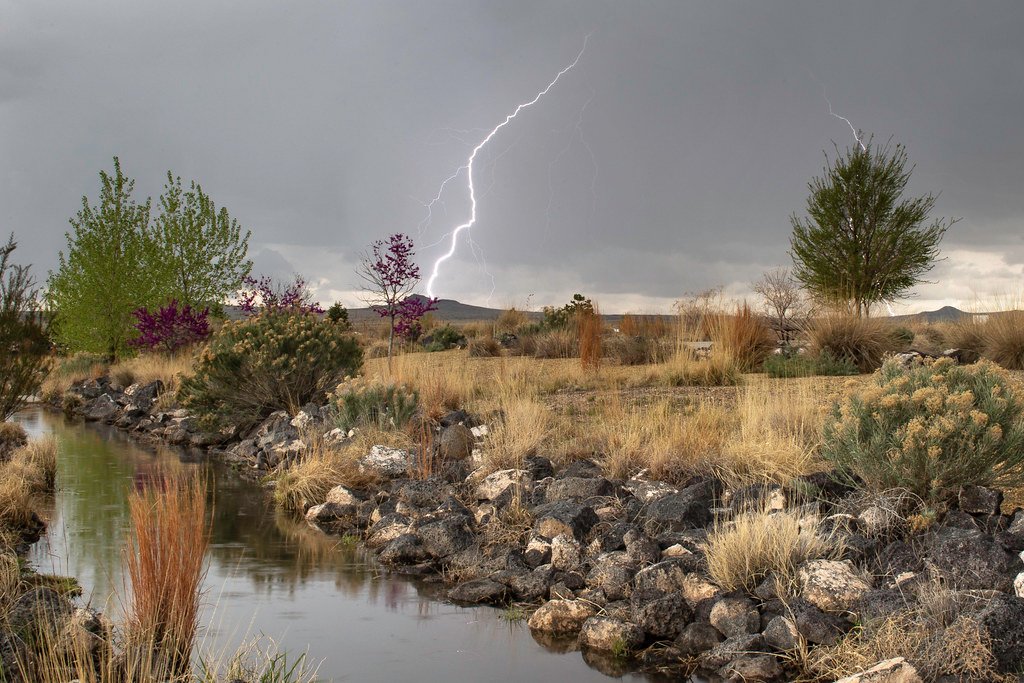
Frictional charging, also known as triboelectric charging, occurs when rock fragments and ash collide and create charged ions, similar to ice particles colliding, with conventional currents causing the plume to rise then separating this charge into different regions. It’s like having a massive balloon-rubbing party happening thousands of feet in the air. Using natural samples from different volcanoes, scientists have shown that the rate of triboelectrification in a fluidized bed depends on the energy input into the granular system, with higher fluidization energies causing particles to undergo more frequent and energetic collisions, facilitating charge transfer and helping promote charging in regions with numerous particle-particle collisions. The beauty of this process is its self-reinforcing nature – the more violent the eruption, the more collisions occur, and the more electrical charge builds up. Think of it as nature’s own particle accelerator, except instead of producing exotic particles, it’s creating the conditions for spectacular lightning shows.
Size Matters: The Particle Size Effect

Scientists found that some ash particles became more electrically charged than others, with particle size being important – if particles have a wide range of sizes, they charge better than particles that are all similar size, and particles with the biggest difference in size from largest to smallest charged best of all. This discovery is like finding out that a mixed bag of marbles creates more static electricity than a bag of identical ball bearings. Recent research has linked the self-charging of volcanic ash to properties of particle size distribution, observing that a highly polydisperse ash distribution would charge more effectively than a monodisperse one. The reason this matters so much is that real volcanic eruptions naturally produce ash particles with incredibly diverse sizes – from massive chunks to dust finer than flour. This size diversity creates the perfect recipe for maximum electrical charging, turning every volcanic plume into a potential lightning generator.
When Ice Joins the Electric Party

Ice charging plays a role in volcanic lightning, particularly where plumes rise high into the air, as warm air from eruptions meets colder air in the atmosphere, causing water in the plume to freeze into ice particles that collide with one another, knocking electrons from the crystals. Ice charging is thought to play an important role in certain types of eruption plumes, particularly those rising above the freezing level, as ordinary thunderstorms produce lightning through ice charging when water clouds become electrified from colliding ice crystals and other hydrometeors. This creates a double-whammy effect where you have both the rock fragments AND ice crystals contributing to the electrical buildup. Water is initially transported as hot vapor, which condenses to liquid in the rising column and ultimately freezes to ice if the plume cools well below freezing, with some eruptions even producing volcanic hail, and evidence shows lightning activity greatly increases once volcanic plumes rise above the freezing level.
The Height Factor: Taller Plumes, More Lightning
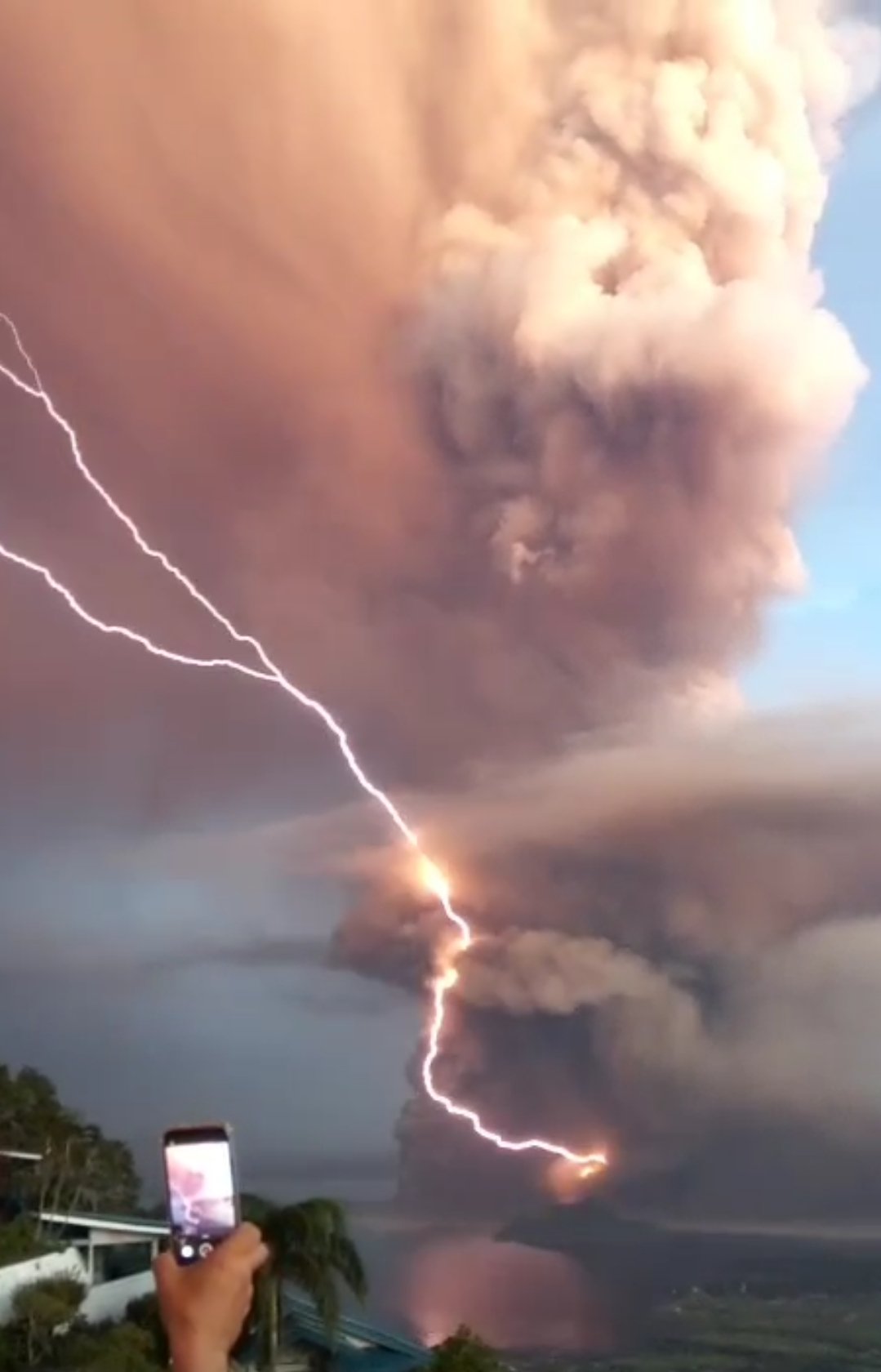
When an eruption results in a tall ash plume (greater than 7 km), there is a higher water vapor concentration, and with more water present and colder ambient temperatures at this height, there is likely more ice charging and more electrical activity, while for smaller plumes, most electric buildup comes from fractoemission near the vent. In taller ash plumes (7-12 km) large concentrations of water vapor may contribute to lightning activity, while smaller ash plumes (1-4 km) appear to gain more of their electric charge from fragmentation of rocks near the vent of the volcano. It’s like the difference between a small campfire and a towering bonfire – the bigger the eruption column, the more opportunities for different charging mechanisms to work together. This height relationship also explains why some volcanic eruptions produce spectacular lightning displays while others might only generate a few small sparks near the vent.
The Role of Water: Nature’s Conductor

Volcanic plumes can carry abundant water sourced from the magma, vaporized from surrounding sources such as lakes and glaciers, and entrained from ambient air as the plume rises through the atmosphere, with one study suggesting that the water content of volcanic plumes can be greater than that of thunderstorms. This water doesn’t just sit there passively – it becomes an active participant in the electrical drama unfolding in the sky. Some volcanoes, like Eyjafjallajökull in Iceland, have glaciers on top of them, and when the volcano erupts, the glacier melts, causing huge floods and making a big cloud of ice and water that becomes mixed with the volcanic plume, generating volcanic lightning through ice, water, and ash collisions in what’s called a “dirty thunderstorm”. The water content makes these plumes incredibly efficient at generating and conducting electrical charges, turning them into natural lightning rods pointing skyward.
Temperature’s Critical Role

The atmospheric temperature plays a role in lightning formation, as colder ambient temperatures promote freezing and ice charging inside the plume, thus leading to more electrical activity. Think of cold air as nature’s way of supercharging the volcanic lightning process. The temperature gradient between the hot volcanic material and the cold atmosphere creates the perfect conditions for rapid phase changes – water vapor condenses, then freezes, creating more opportunities for particle collisions and charge separation. The temperature of a lightning bolt can reach 30,000°C, and when this bolt contacts ash particles within the plume it may completely vaporize the ash particles, or cause them to melt and then quickly solidify as they cool, forming orb shapes. This extreme temperature contrast between the volcanic material and the surrounding atmosphere acts like a natural engine driving the electrical processes that make lightning so common in these clouds.
The Hidden Radioactive Factor

Although thought to have a small effect on overall charging of volcanic plumes, naturally occurring radioisotopes within ejected rock particles may influence particle charging, with scientists finding that ash particles from eruptions possessed natural radioactivity above background level, though radioisotopes were unlikely to be the main source of self-charging. As a volcanic eruption essentially injects pulverized sub-surface rock into the atmosphere, the decay of uranium, thoron, and potassium radioisotopes naturally occurring in the rock offers another self-charging mechanism, as alpha and beta particles are ionizing and the ions created can attach to other particles to charge them. It’s like having tiny atomic batteries mixed throughout the ash cloud, continuously generating small amounts of electrical charge. While this mechanism might not be the star of the show, it adds another layer to the complex electrical symphony happening inside volcanic plumes.
The Speed of Detection: Lightning as an Early Warning System
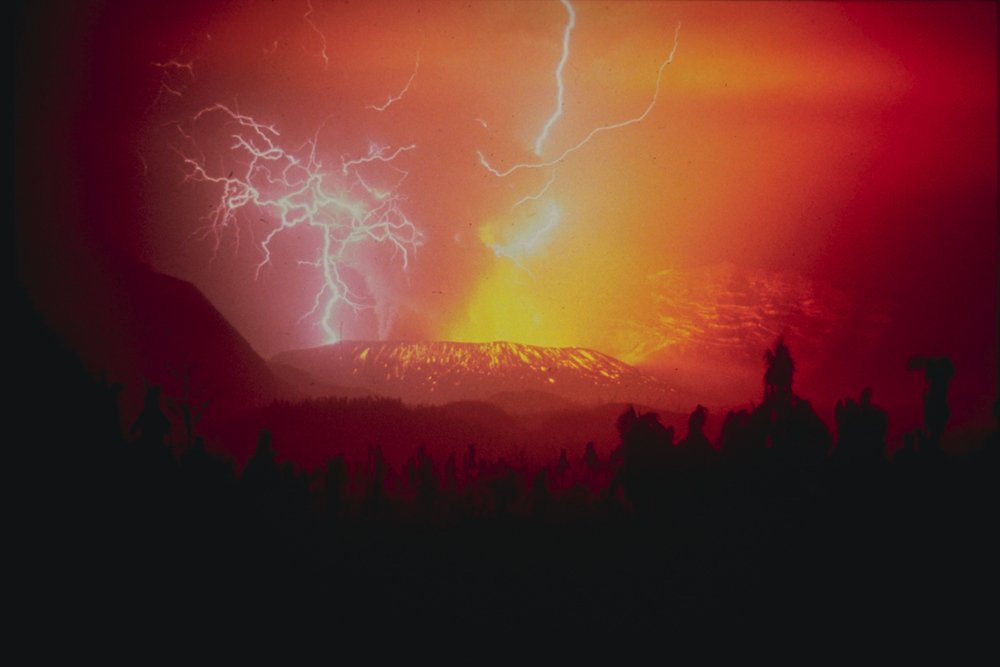
Lightning can start seconds to minutes after an ash plume bursts into the atmosphere, with each lightning discharge emitting a broad spectrum of electromagnetic energy, and radio-wave lightning emissions being detectable from halfway around the planet, making lightning potentially the first sign of an eruption because electromagnetic radiation propagates faster than sound or seismic waves. Lightning detection is emerging as a new tool in volcano monitoring, as volcanic lightning can be a near-real-time indicator of explosive ash emissions due to rapid detection with remote instruments and in conditions of poor visibility. Modern scientists are essentially using volcanic lightning as nature’s own alarm system, capable of alerting them to eruptions even before traditional seismic monitoring picks up the activity. Global, near-real-time monitoring of volcano thermal activity has become feasible through thermal infrared sensors on various satellite platforms, which enable accurate estimations of volcanic emissions and facilitate reliable estimation of Volcanic Radiative Power representing heat radiated during volcanic activity.
Lightning-Induced Volcanic Spherules: The Physical Evidence
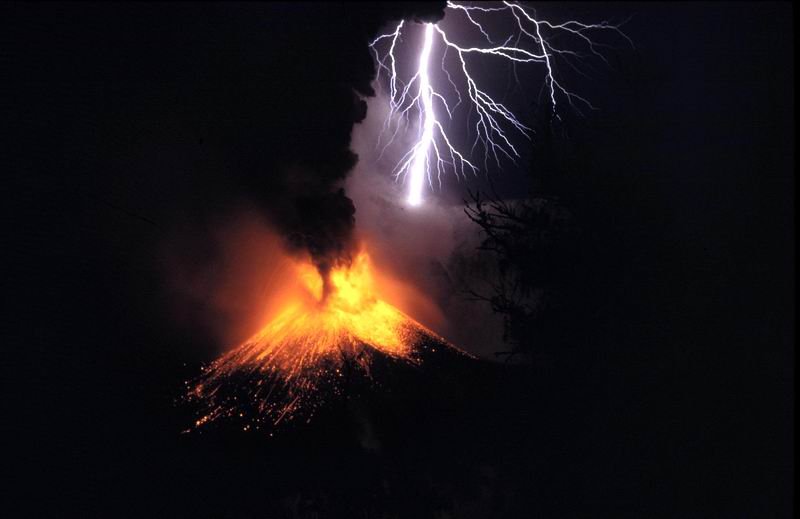
Experimental studies have shown that volcanic lightning creates a by-product known as “lightning-induced volcanic spherules” (LIVS), tiny glass spherules that form during high-temperature processes such as cloud-to-ground lightning strikes, similar to fulgurites, when airborne volcanic ash is transformed by lightning discharge. Observations of natural ash falls from several volcanoes where lightning has been documented reveal very few LIVS, typically comprising 1% or less of grains, addressing why textural evidence of volcanic lightning is scarce in ash fall deposits despite the occurrence of lightning discharge. These tiny glass beads are like nature’s own signature, proving that lightning really did occur in the ash cloud. Finding these spherules in volcanic deposits is like discovering fingerprints at a crime scene – they provide concrete evidence that electrical discharges powerful enough to melt rock particles actually happened during the eruption.
The Dirty Thunderstorm Phenomenon

Near the vent, proposed charging mechanisms include fractoemission, triboelectrification, and the so-called “dirty thunderstorm” mechanism, which is where ash and convective clouds interact electrically to enhance charging. The term “dirty thunderstorm” perfectly captures what’s happening – it’s like a regular thunderstorm got mixed with a sandblaster and cranked up to eleven. Besides the residual electrical charge of tephra from the initial eruption stage, electrical charges build up in the ash cloud due to collision of ash particles, similar to what happens during normal thunderstorms when ice crystals collide. The difference is that volcanic “dirty thunderstorms” can be far more intense and long-lasting than regular thunderstorms because they have a continuous supply of new material being blasted into the atmosphere. During volcanic lightning phases, researchers have registered more than 300 flashes emanating from eruption clouds, with the longest flash being 15 km long, resembling conventional storms.
The Global Pattern of Volcanic Lightning

Instances of volcanic lightning have been reported above Alaska’s Mount Augustine volcano, Iceland’s Eyjafjallajökull and Grimsvotn, Mount Etna in Sicily, Italy, Taal Volcano in the Philippines, Mount Ruang in Indonesia, and Volcán de Fuego in Guatemala. More than 1,500 potentially active volcanoes dot Earth’s landscape, of which approximately 500 are active at any given time, and while scientists keep watch over many using traditional ground observation methods, satellite-based remote sensing is quickly becoming crucial for understanding volcanic activity and makes it possible to monitor even the most isolated corners of the globe. This global distribution shows that volcanic lightning isn’t limited to certain types of volcanoes or geographic regions – it’s a universal phenomenon that can occur wherever explosive eruptions happen. The fact that we’re now documenting these events worldwide speaks to both the ubiquity of the phenomenon and our improved ability to detect and study it using modern technology.
Advanced Monitoring Technologies

Volcano monitoring increasingly relies on satellite remote sensing methods to provide information on volcanic hazards, with large data sets providing relevant hazard information throughout the entire hazard period, and machine learning approaches representing valuable means to efficiently learn complex patterns from big amounts of heterogeneous data. Volcanic clouds pose significant threats to air traffic, human health, and economic activity, making early detection and monitoring crucial, with accurate determination of eruptive source parameters being crucial for forecasting and implementing preventive measures, and satellite-based remote sensing approaches being the most cost-efficient and accessible for monitoring volcanic clouds at various spatial scales. Modern lightning detection networks can pinpoint volcanic lightning strikes with remarkable precision, turning these electrical displays into valuable scientific data. Scientists are now using everything from ground-based radio receivers to sophisticated satellites to track and analyze volcanic lightning in real-time.
The Future of Volcanic Lightning Research

Lightning discharge and lightning-induced changes to ash grains potentially impact not only the hazards induced by ashfall, but also changes in atmospheric chemistry relevant to biologic activity, the fluid dynamics of eruption columns/plumes, and ash dispersion, with ongoing challenges to volcanic lightning research requiring future efforts to address unanswered questions. The electrical properties of ash plumes can provide insight into their physical dynamics throughout the course of an eruption, with lightning potentially providing a means to track changing eruption conditions and associated hazards, offering another tool for monitoring efforts. Scientists are working on developing even more sophisticated monitoring systems that could use lightning patterns to predict eruption intensity and duration. Chemicals generated by lightning have been linked to the origins of life, so any planet that might have lightning may yield fundamental answers to some of the biggest questions there are, while electromagnetic signals from lightning also look promising for detecting volcanic activity as space probes fly past.
The Atmospheric Chemistry Connection
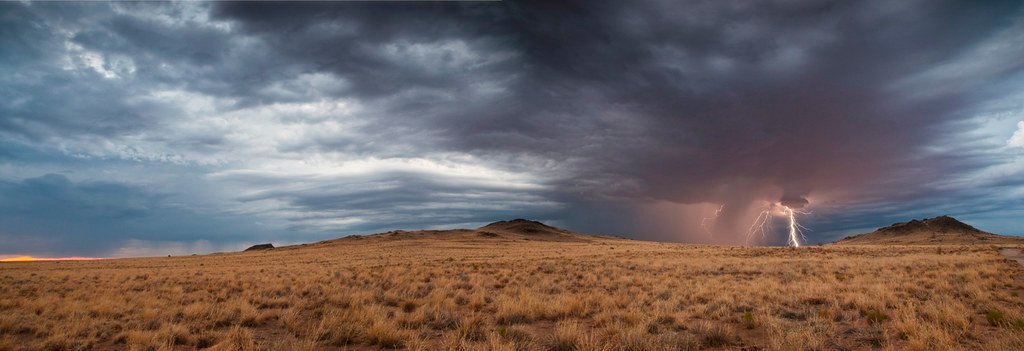
Laboratory experiments have shown that amino acids and fatty acids are formed from ammonia, hydrogen, and methane when energy is supplied in the form of lightning, with conditions necessary for the origin of life existing near primeval volcanoes where necessary inorganic compounds were concentrated and reducing environments prevailed, and when energy is supplied as lightning associated with volcanic eruptions, stable organic molecules are actually formed under these conditions. This connection between volcanic lightning and atmospheric chemistry goes far beyond just spectacular light shows – it may have played a crucial role in the development of life on Earth. The electrical discharges in volcanic plumes don’t just move charge around; they trigger complex chemical reactions that can create organic compounds from simple atmospheric gases. This research is opening up fascinating possibilities about how volcanic lightning might have contributed to the chemical soup that eventually led to life.
Lightning’s Impact on Ash Properties

Lightning strikes more frequently in volcanic ash clouds due to the intense electrical activity generated by the eruption itself. When a volcano erupts, it blasts a mix of ash, gas, and rock particles high into the atmosphere, creating turbulence and friction among particles. This constant collision of ash and debris builds up static electricity, eventually leading to powerful lightning discharges within the plume. Interestingly, lightning doesn’t just occur in these clouds it also alters them. The intense heat and energy from lightning strikes can change the physical and chemical properties of ash particles, sometimes melting or fusing them into glassy structures and altering their reactivity. These changes can affect how ash settles, how it interacts with the environment, and even how it’s detected by monitoring instruments. Thus, volcanic lightning not only puts on a spectacular display but also plays an active role in shaping the very cloud it electrifies.

